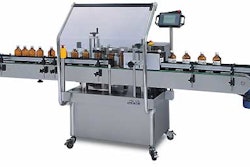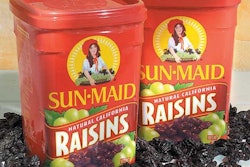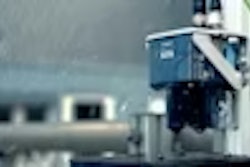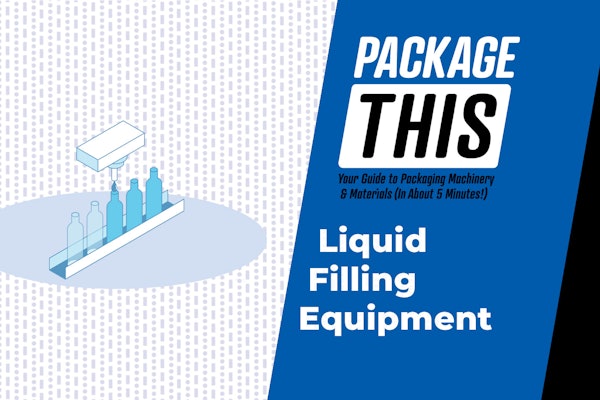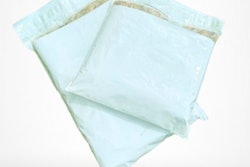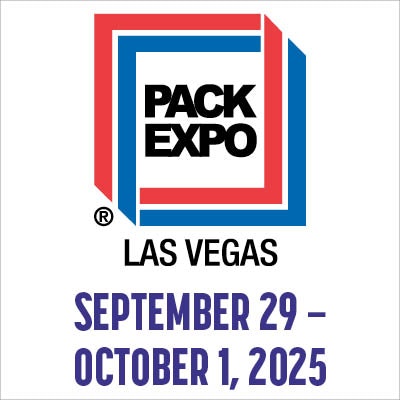Yet, two technologies have emerged since that are weakening protection. They are:
* The computer’s power to scan and faithfully reproduce package graphics.
* The Internet’s power to find willing packaging component suppliers, and the Internet’s power to find customers unconcerned about package or product pedigree.
The result is that today’s packagers have to address both store shelf attacks, and they have to preclude “for profit” disruption of branded products throughout the supply chain.
A strategy for packaging security has to follow a model of “layered” protection, adding tamper-evident features at every level of packaging. The goal is to deny tamperers and counterfeiters their key need—avoiding detection until after their product has been converted to cash and after they are safely beyond any linkage to the improper goods.
For packagers, this means setting up a framework to make it easier to detect tampering, which, in turn, makes counterfeiting and tampering more difficult.
That framework should be a formalized, cooperative “quality system” with input by all critical areas. This does not mean that everyone needs to know exactly what has been done; however, the system must assure that all appropriate measures have been taken.
Without such formalization, counterfeit prevention measures can be undermined by changes in personnel, new pack designs, or various cost-saving programs. Close examination of many over-the-counter products will reveal that today, there may not be as many tamper-evident features as there were in 1985, two years after the Tylenol crisis.
A formalized, quality system needs to look at each level of packaging.
Pallets
Pallets typically are stretch wrapped or strapped. If a pallet is compromised, how will the supply chain detect it? If the pallet is broken and re-stretch wrapped, will it be detected by the supply chain? One approach to detection, detailed by New Jersey Packaging, is to strategically apply small custom labels to the outside of the wrapped pallet. If the stretch wrap is removed in transit, the indicating label is removed with wrap.
Another approach is printed stretch wrap film. It cannot readily be replaced, making it difficult to breach a pallet’s security without detection.
Cases
In the United States, cases typically are taped shut with clear tape. In South America and Asia where counterfeiting is even more prevalent, cases are more likely to use tape printed with the company logo. The rarity of the specific printed tape means the look of a completed case will be compromised if someone opens it in transit. Alternatively, with shipped laboratory samples, many South American shipments have hand-written indelible ink initials across the sealing tape and the carton itself.
Bundles
Many cases break into sub-units of 6, 10, 12 or more individual primary packages. These typically are either in chipboard cartons or are shrink wrapped. Both are easy to either replicate or reuse. This is precluded by appropriately affixing a label as with pallets, using printed film, or other unique difficult-to-replicate techniques.
Primary Packaging
Most packagers incorporate some tamper-evidence measures, but they need to be reviewed in the perspective of the latest technology. In past years, many products came in custom containers and closures, deterring counterfeiting. Today, the actual or closely matched containers can be found on the Internet, and they can be shipped to any address after credit card payment.
Standard printed matter can be scanned and printed on home computer systems. Well documented and new tamper-evidence techniques need to be applied to keep product safe.
A rule of thumb is “If a marketing mock up can be made easily by the packaging department, a counterfeiter or tamperer might easily make up a market passable fake.”
Shelf Display
A shelf display that has some indication of the appropriate appearance of the product displayed, is almost no extra cost and precludes marketability of counterfeit imperfect product. Consider adding this information and other forms of tamper evidence to this level.
By incorporating these layers of protection, the packager can reduce the risks from tampering and counterfeiting.



